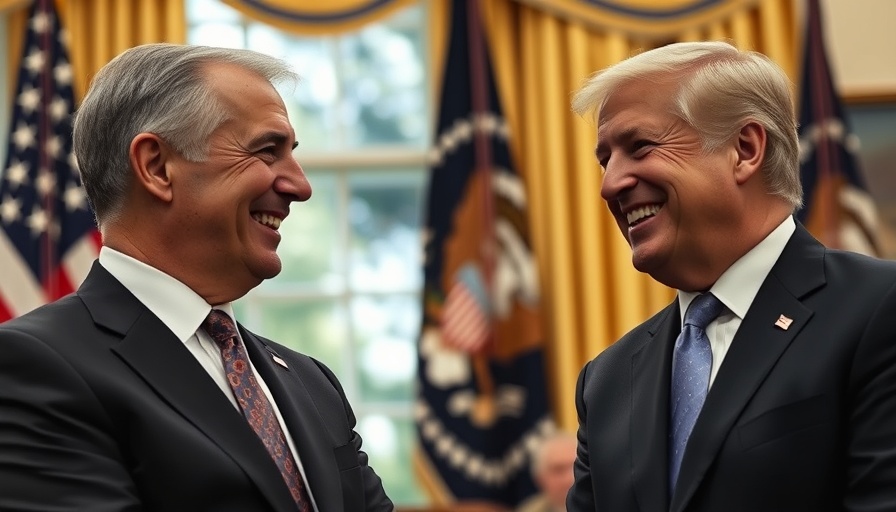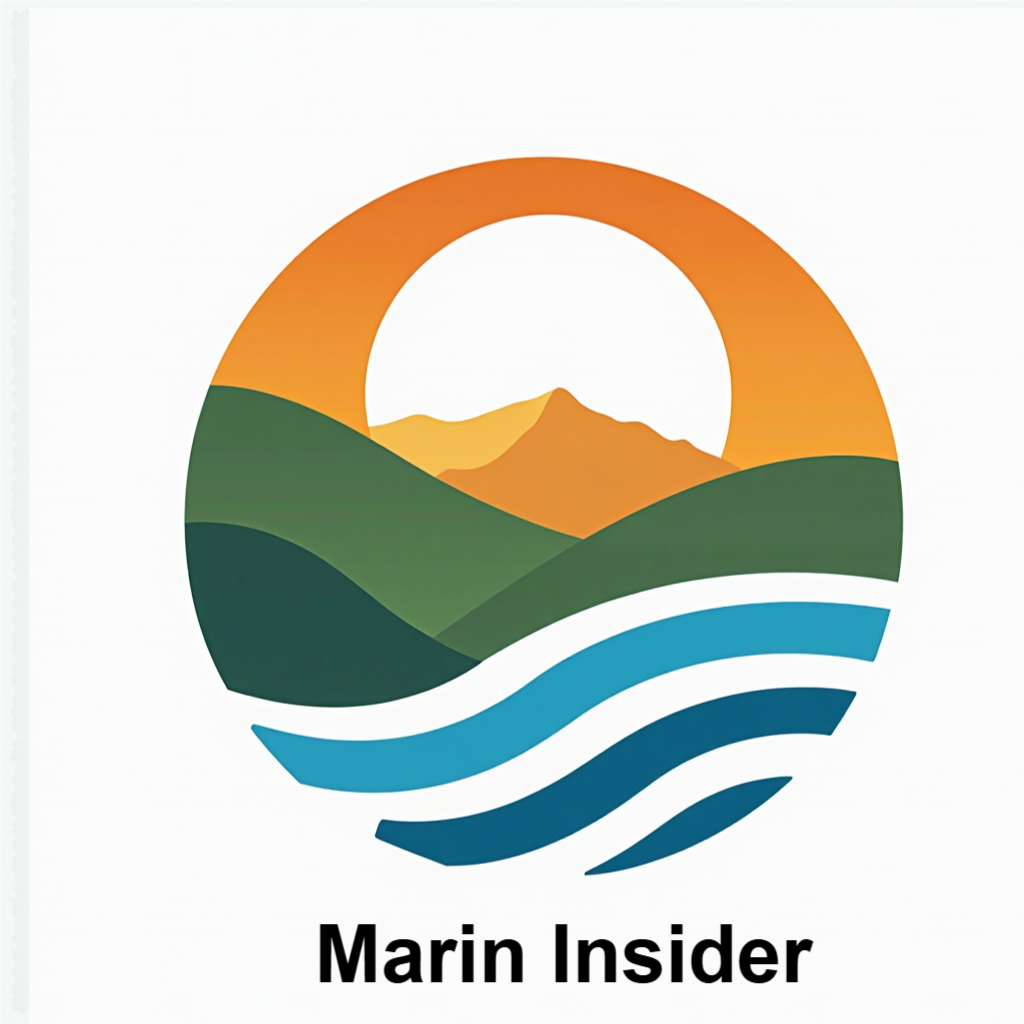
The Trump Administration's Gambit on Flu Vaccine Development
The recent announcement by Secretary of Health and Human Services (HHS) Robert F. Kennedy Jr. has sent ripples through the scientific community. The Trump administration's ambitious $500 million grant for developing a broadly protective flu vaccine raises eyebrows among experts. Many question the logic behind investing so heavily in a project grounded in outdated technology, reminiscent of methodologies abandoned decades ago. This approach could redefine how we view vaccine innovation and public health policy.
Early Stages and Old Techniques: A Recipe for Concern
Despite the excitement some may have about the announced flu vaccine, experts like William Schaffner from Vanderbilt University express skepticism. He argues that channeling vast resources toward a single vaccine candidate contradicts sound scientific practices, which typically favor diversifying investments in various initiatives. “It’s a little like going to the Kentucky Derby and putting all your money on one horse,” Schaffner asserts, emphasizing the need for multiple candidates to bolster the chances of success.
Shift in Focus: From Pandemic Preparedness to Traditional Approaches
The shift in funding priorities from pandemic preparedness programs to this vaccine initiative has raised eyebrows. Critics point out that the project appears to sideline modern advancements in vaccine development. Recent innovations, spurred by lessons learned during the COVID-19 pandemic, have been largely overlooked in favor of an approach that some consider archaic. Rick Bright, former head of the Biomedical Advanced Research and Development Authority (BARDA), stated that the method being pursued is “so last-generation, or first-generation, it’s mind-blowing.”
The Scientists Behind the Initiative: A Closer Look
The NIH project is spearheaded by Jeffery Taubenberger and Matthew Memoli, who have both recently climbed the ranks of the National Institutes of Health. Taubenberger gained prominence for sequencing the genome of the 1918 pandemic influenza virus, a feat that captivated the scientific community. However, as experts weigh in, their qualifications cannot overshadow the apparent disconnect between their methods and contemporary practices.
Potential Implications: What Does This Mean for Public Health?
If successful, the goal of creating a vaccine offering protection against multiple influenza strains could revolutionize how vaccines are administered. But jettisoning advancements made in recent years may not yield the best results. Experts express concern, as Kennedy Jr. and the administration herald this project as a “Generation Gold Standard,” citing transparency and effectiveness. Yet, such a claim stands in sharp contrast to historical trends of flu vaccine creation.
Breaking Down Misconceptions: The Need for Modern Approaches
Undoubtedly, there is a deep-seated belief in the public health space about how vaccines should evolve. Viewing this new funding initiative through a lens focused solely on traditional development methods may ignore the progressive directions other countries are taking. History shows that stagnation in scientific progress often leads to the emergence of infectious diseases that vaccines cannot combat effectively. The need for modernization becomes apparent when examining recent vaccine developments from around the globe.
Looking Ahead: Future Predictions and Opportunities
The scientific debate surrounding vaccine development must now take an urgent turn, prompting questions about national priorities. As funding unravels, other candidates may fall by the wayside while reliance grows on a singular, potentially flawed approach. Will this gamble pay off, or are we risking our public health for a political gamble?
With all these considerations, the implications of this significant financial investment cannot be understated. How we develop and distribute vaccines could significantly influence future public health and pandemic preparedness initiatives. The conversation must pivot towards inclusive, innovative approaches that embrace the scientific community's advances.
Stay informed on the latest developments affecting public health and vaccines. Now is the time to engage and understand how these decisions impact our communities and beyond.
 Add Row
Add Row  Add
Add 




 Add Row
Add Row  Add
Add 

Write A Comment